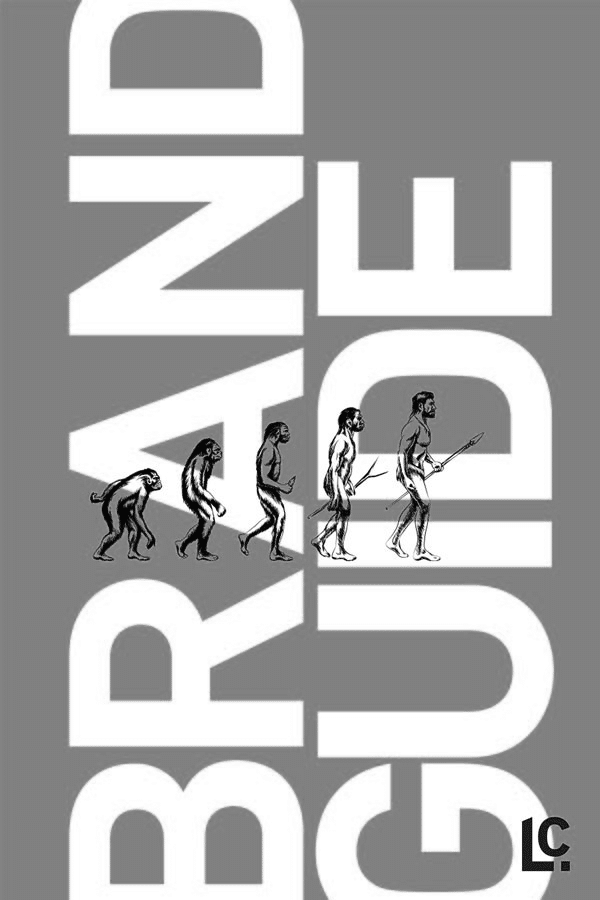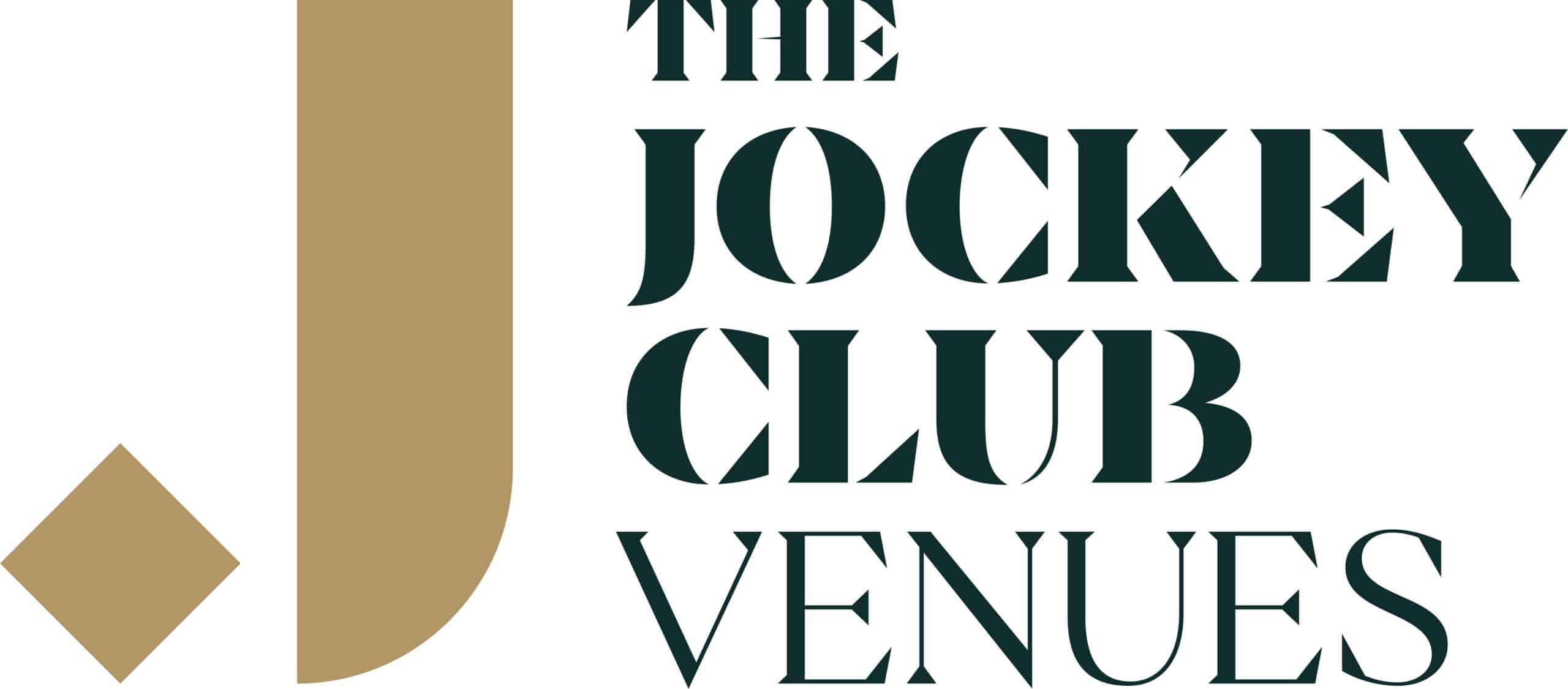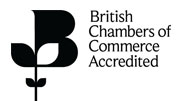Weekly Update from Caxton – Signs of Stalling
13th July 2020

After an initially strong rebound, almost by default as economies re-opened around the world, the recovery now appears to be stalling, with real-time indicators of activity painting a picture of a recovery that is struggling to make significant further headway.
Firstly, it is worth noting that there was always going to be an initial surge in activity once lockdown measures were lifted. This is simply due to pent-up demand being released once, for example, non-essential retailers re-opened their doors. This release can, however, only carry the economy so far, and is something of a ‘one-shot deal’, once it’s released, that’s it.
It is at this point that the economy, especially here in the UK, now finds itself. Those who had postponed non-essential purchases until establishments re-opened are now likely to have made that purchase, or cancelled it altogether, hence the levelling off in sales after a sudden re-opening week pop.
Furthermore, there are additional, rather concerning, signs of the economy approaching stall speed.
Firstly, we are seeing something of a reluctance among consumers to re-engage with the economy, likely owing to continued fear of catching the coronavirus, despite incidence of the disease falling significantly, in Europe at least. A recent Ipsos MORI poll pointed to 60% of the population being uncomfortable with the idea of visiting pubs or restaurants; and 55% not being comfortable visiting gyms or leisure centres, though that may be down to more than just the virus!
Nevertheless, until confidence is restored, and people view it as safe to re-engage in more ‘normal’ economic activities, the recover will be stunted. Couple this with the continued requirement for social distancing limiting capacity for the foreseeable future, and we are left with a ‘90% economy’.
We also cannot forget the virus itself, as it is this – not monetary or fiscal responses – that will be the primary determinant of the speed, and scope, of the economic recovery. A second wave of the virus, or even more targeted local lockdown measures, are likely to result in a rather bumpier and slower return to trend growth.
It is also important to consider the labour market, and the scale of jobs destruction that is soon to become clear. Thus far, the furlough scheme has largely prevented mass redundancies, and succeeded in keeping employees attached to their employers. However, with 9mln jobs currently furloughed, and the economy in by far the deepest recession in living memory, keeping unemployment at the culmination of the furlough scheme below 3mln will be a good achievement.
A key focus in the coming months, rather than keeping people in employment, will be finding innovative ways of getting people back into jobs, especially those who have been hardest hit as a result of the covid crisis. It is imperative that unemployment is lowered as quickly as possible, as any form of economic recovery is near impossible with such a significant drag on demand.
Michael Brown, Senior Market Analyst, Caxton FX













































